Selaginella in the photo
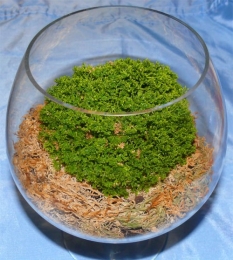
Selaginella in the photo it looks fresh and picturesque, and this despite the fact that the plant has no flowers. Selaginella is also called club moss. This spore-bearing herbaceous plant can be found on almost any piece of land around the world, unless it is very cold there. We cultivate it as a decorative indoor potted plant or as a greenhouse plant in glass greenhouses.
Since Selaginella is native to tropical countries, the plant prefers air with high humidity and year-round abundant watering.
When you decide to add this extraordinary plant to your collection, take care of the soil for it. The substrate for selaginella should be loose, humified and slightly acidic. The plant will respond well if there are charcoal fragments in the soil. A mixture of sand, high peat and leaf soil works well.
Selaginella care consists of: constant maintenance of soil moisture. The slightest drying out of the soil will be reflected on the plant in the form of curled leaves, and then in dead shoots. The club moss responds well to spraying. They need to be carried out several times a day and use soft warm water for these purposes.
Pests rarely attack Selaginella. When this happens, it is most likely that the plant is loved spider mite. However, this resistance to parasites is compensated by the plant’s requirements for fertilizing. If a plant does not fully receive the necessary nutrients, its growth will slow down significantly.
Selaginella in the photo can have creeping, creeping, ascending, lodging and climbing shoots. The shoots are covered with small green leaves (they can be compared to flattened pine needles), which are pressed tightly together, forming a kind of scales.

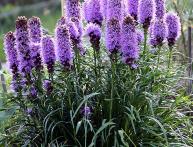
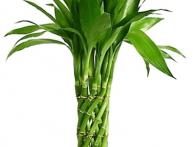
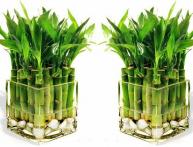
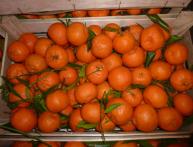
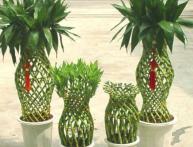
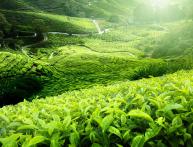
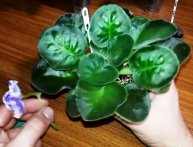
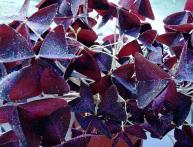
Comments
I've never heard of this plant! And it looks quite cute and creative! Will need to buy. But where can I find out if it is poisonous?